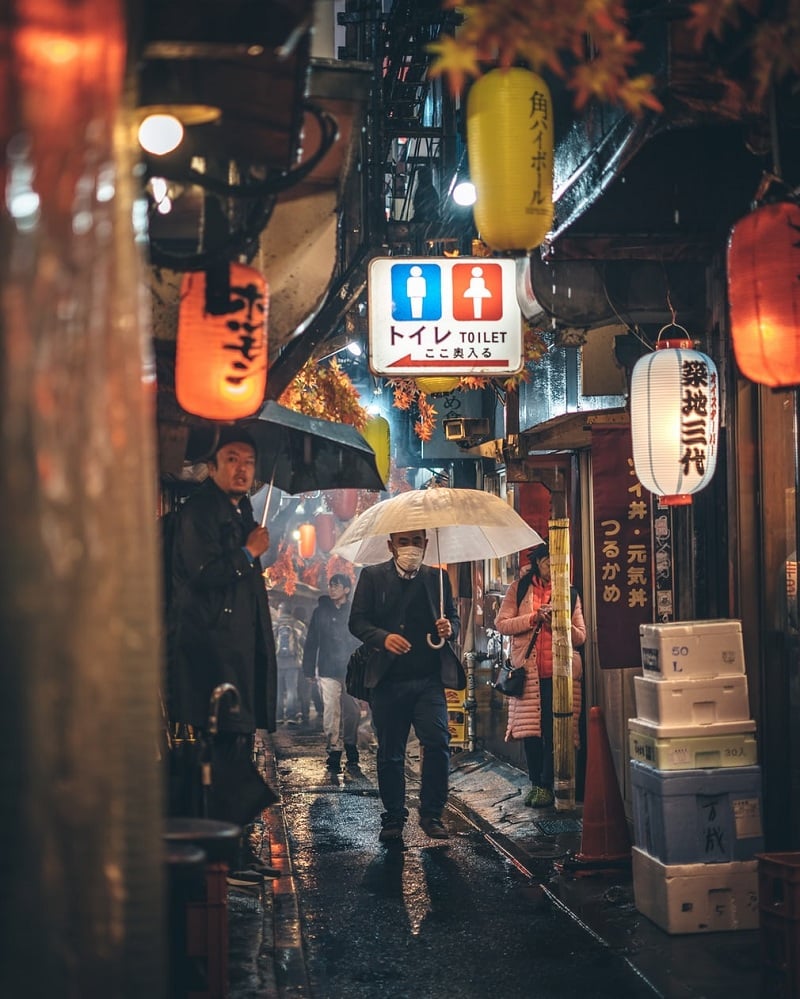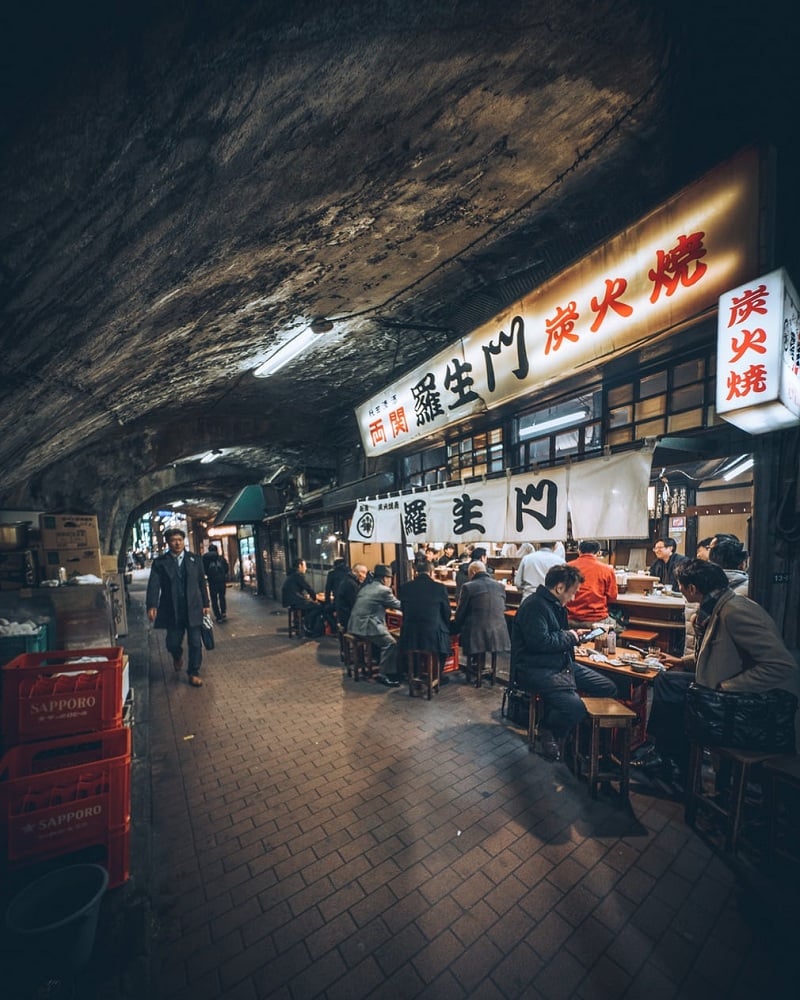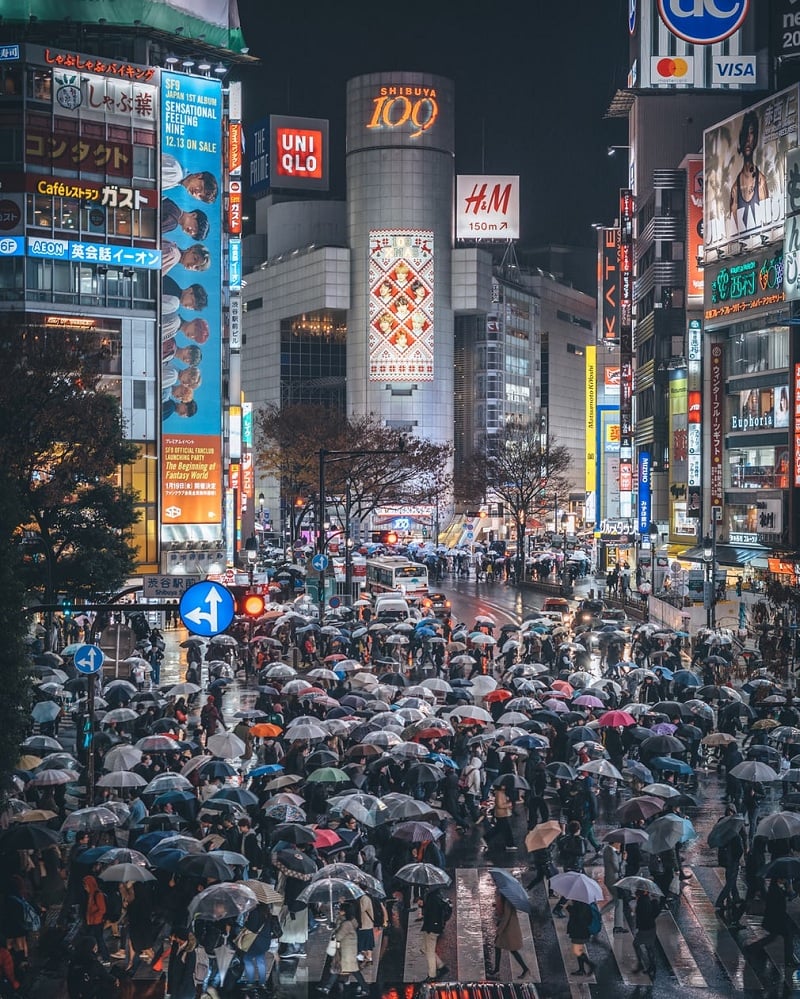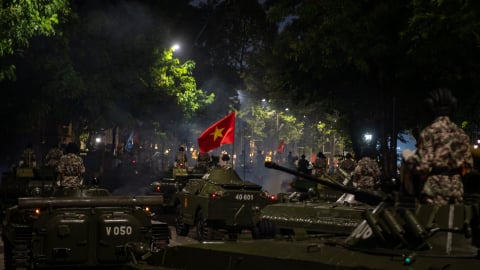
After World War II, Akihabara was known as Electric Town – a black market where the main items sold were household items. Today, the area is filled with anime, manga, otaku (comic book enthusiasts) and video games. There are also many large stores and sidewalk stalls.

Reminiscing about what Tokyo used to look like before the skyscrapers came, Omoide Yokochō thrived on food after World War II and is home to many small bars in narrow alleys where street food lovers congregate.

The Yūrakuchō district offers a glimpse into city life in the post-war years, with numerous izakayas (pubs) and yakitori (skewered meat dishes) stalls under the train tunnels – a contrast to the trend for fine dining.

At 634m, Tokyo Skytree is the tallest building in the world. As a broadcasting tower, it opened in 2012 and quickly became one of Tokyo's most popular tourist attractions. From the observation deck, visitors can enjoy a 360-degree panoramic view of Tokyo, its skyscrapers, rivers and ports, and an area stretching over 100km to Mount Fuji.

The heart of Tokyo is Shibuya Crossing. Visitors are always amazed by Shibuya Crossing with its bright neon lights, giant screens and sometimes as many as 2,500 pedestrians passing by at once. Chaos yet extremely orderly. The intersection is the clearest embodiment of Tokyo's frenetic energy.

Cosplay is an art form originating from Japanese comic characters. Its artistry and unique style have attracted young people not only in Japan but also in countries around the world. It can be said that this is a subject that shows the “craziness and vulgarity” of young people but always brings new and artistic things.
Ngoc Anh (According to TheGuardianTravel)


































